We may earn money or products from the companies mentioned in this post. This means if you click on the link and purchase the item, I will receive a small commission at no extra cost to you ... you're just helping re-supply our family's travel fund.
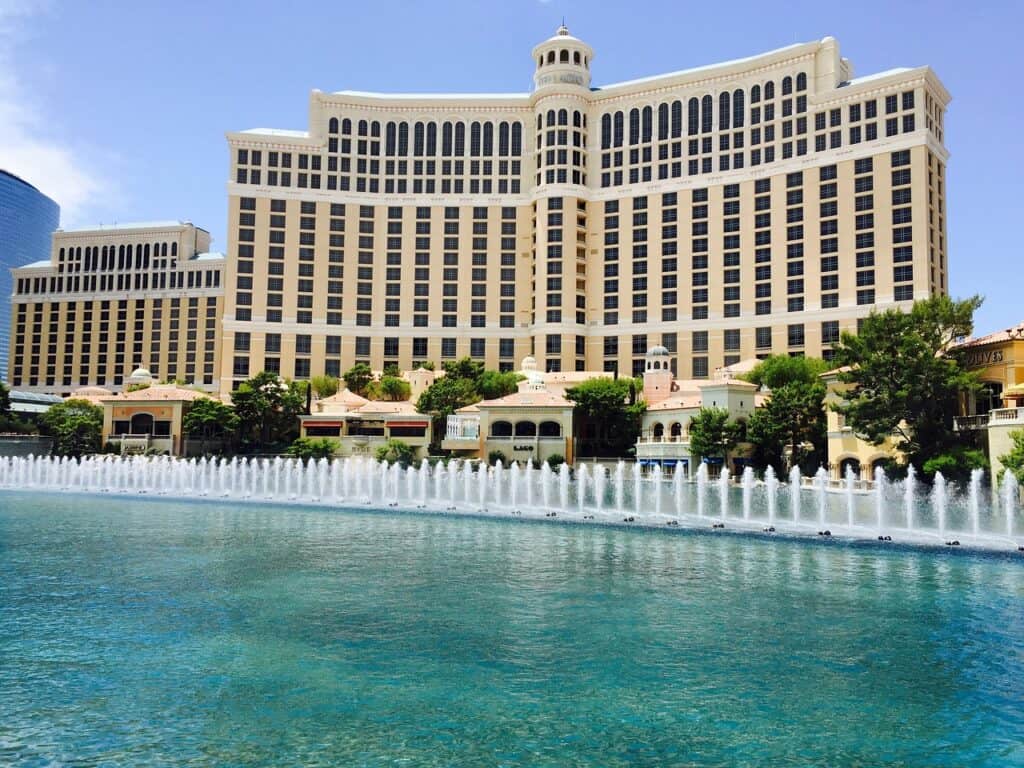
Las Vegas seduces newcomers with neon energy, glittering towers, and the thrill of endless possibility. Yet behind the dazzling display lies a carefully engineered ecosystem designed to make visitors spend more than they planned. Every corner, from hotel lobbies to casino floors; uses psychology, subtle pricing tricks, and strategic design to nudge travelers toward costly decisions. These thirteen traps reveal how the city quietly drains wallets while still making everything feel like entertainment.
1. Resort Fees Hidden Behind Attractive Room Prices
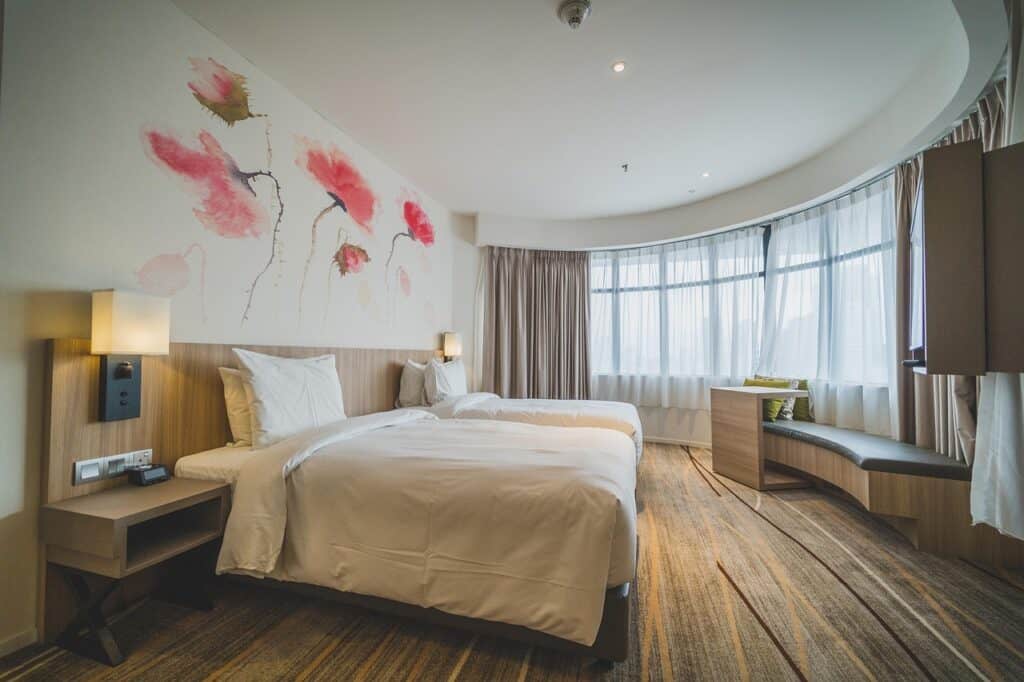
Resort fees add an extra $35–$55 per night, drastically raising the actual cost of a “budget” room. Many guests only discover them at checkout, where fees automatically cover Wi-Fi, pool access, and fitness centers, even if unused. With a three-night stay, this can add over $150 to the bill. Hotels rely on this tactic because more than 70% of visitors book based on the advertised price, making the final cost far higher than expected.
2. Casino Layouts Engineered to Keep You Walking in Circles

Casino floors are intentionally built without straight paths, clocks, or windows, creating a timeless maze that encourages longer play. Studies show that the average visitor ends up staying 28% longer than intended due to this design alone. Exits are placed far from central gaming areas, making quick escapes unlikely. First-timers can easily wander for 20–30 minutes without realizing how strategically they’re being guided past machines meant to grab attention and money.
3. “Free Drinks” That Cost You Far More Than You Win
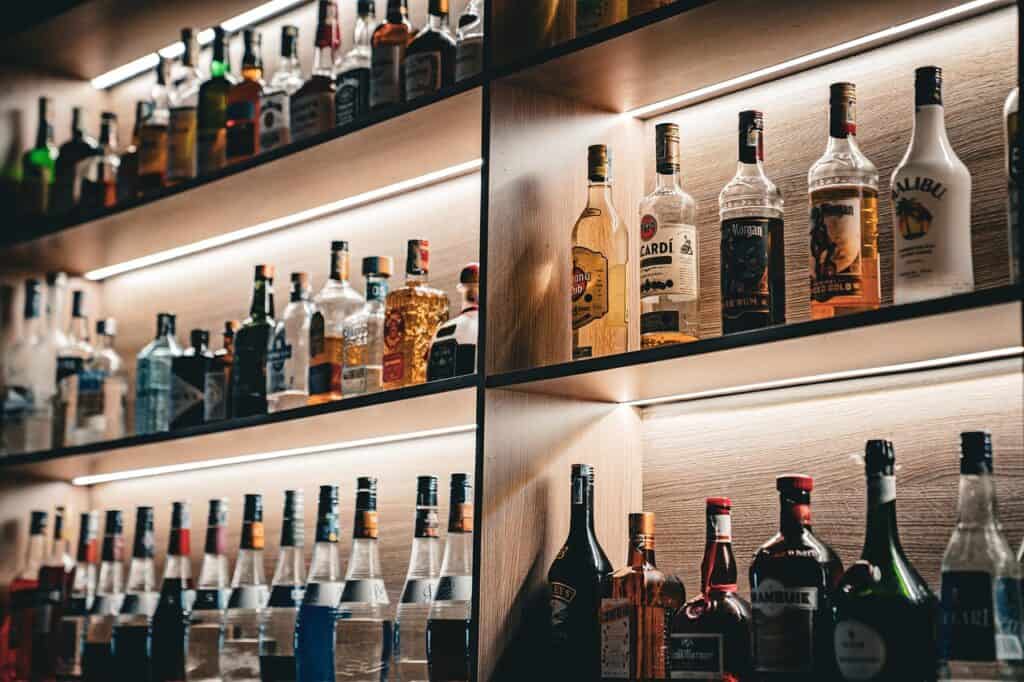
Complimentary drinks are offered only while gambling, and they increase the average player’s wager by 15–20% per hour. A single cocktail that would cost $18 at the bar can lead to losses of $80–$150 over a longer session. Casinos slow drink service for low spenders, nudging them to raise bets to qualify for faster rounds. What feels like a perk becomes a psychological tool to extend play and inflate losses far beyond the price of the drink.
4. Slot Machines With Flashy Designs but Miserable Payout Rates
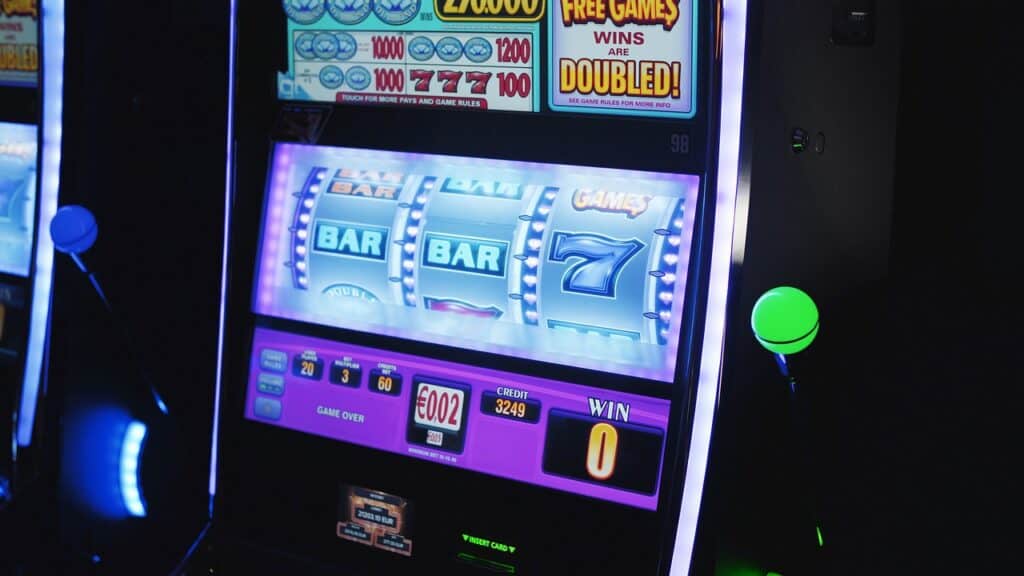
Slot machines have notoriously low payback percentages, often between 86–90%, meaning the house keeps roughly 10–14% of all wagers. Near-miss animations increase player engagement by as much as 30%, tricking the brain into thinking a win is close. First-timers may sit for hours, betting small amounts that accumulate into large losses; even at $1.50 per spin, a 45-minute session can average $60–$90 in losses with almost no meaningful returns.
5. Ride-Share and Taxi Surges That Spike 200% After Shows
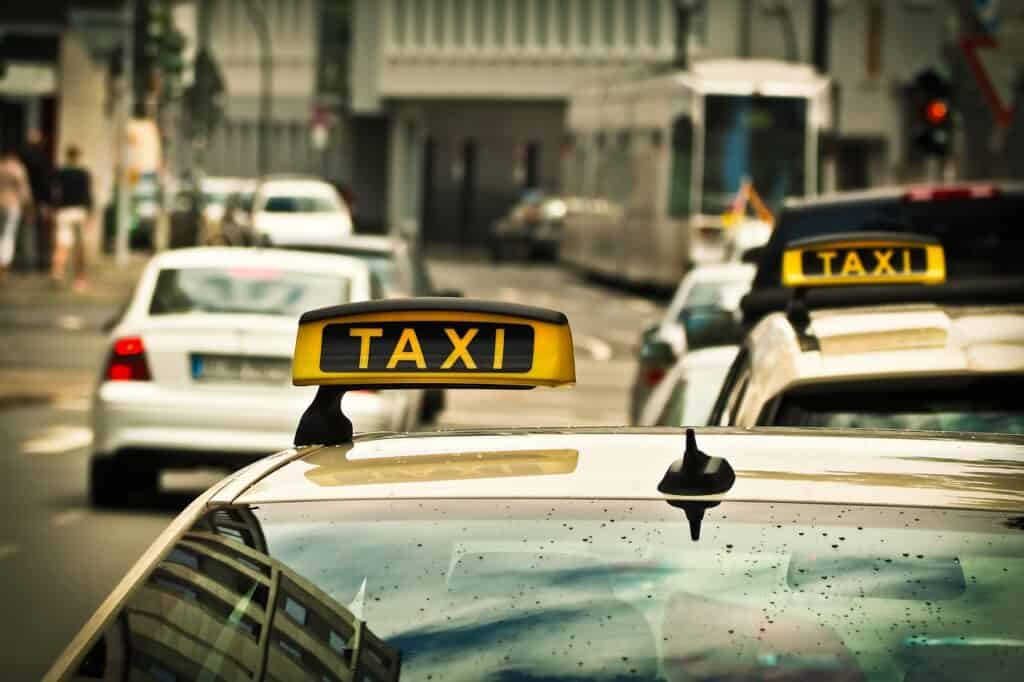
When major shows or concerts end, ride-share prices can surge by 150–200% for 20–40 minutes. A typical $14 ride from the Strip can suddenly cost $35–$45, catching new visitors off guard. With more than 15,000 seats emptying at peak venues, demand overwhelms supply, making inflated fares almost unavoidable. Over a four-night trip, these small jumps can accumulate into an extra $80–$120, simply due to timing.
6. Nightclub Drinks Marked Up by 500% or More

A simple vodka soda that costs $3 to make can sell for $18–$24, and premium cocktails climb past $35 in popular clubs. Bottle service, starting around $300–$600, often ends up double the price once taxes and automatic 20% gratuity are added. First-timers, caught up in the excitement, rarely check prices beforehand. With average club-goers consuming 3–4 drinks, a single night can easily exceed $120–$150 without realizing how fast it adds up.
7. Time-Share Offers That Steal Hours and Pressure Decisions

Time-share pitches lure tourists with “free” show tickets worth $80–$120, but presentations that claim to last 90 minutes often stretch to 3–4 hours. Sales reps use high-pressure tactics with discounts that expire “in 10 minutes,” pushing deals that cost $12,000–$25,000 over time. Many visitors agree just to escape the room. The supposed freebies rarely outweigh the emotional fatigue, wasted vacation hours, and financial pressure created by these sessions.
8. Buffets That Charge Extra for Weekends and Specialty Items

Vegas buffets range from $45–$80 per person, with weekend surcharges adding $10–$25. While the endless options seem like a bargain, the average diner eats less than 1.6 pounds of food, far below the value implied by the price. Upsells like unlimited drinks or seafood add another $15–$30. First-timers often pay high buffet rates believing it’s a must-do experience, even though a standard meal elsewhere could cost half as much.
9. Reward Programs That Require Huge Spending for Tiny Perks
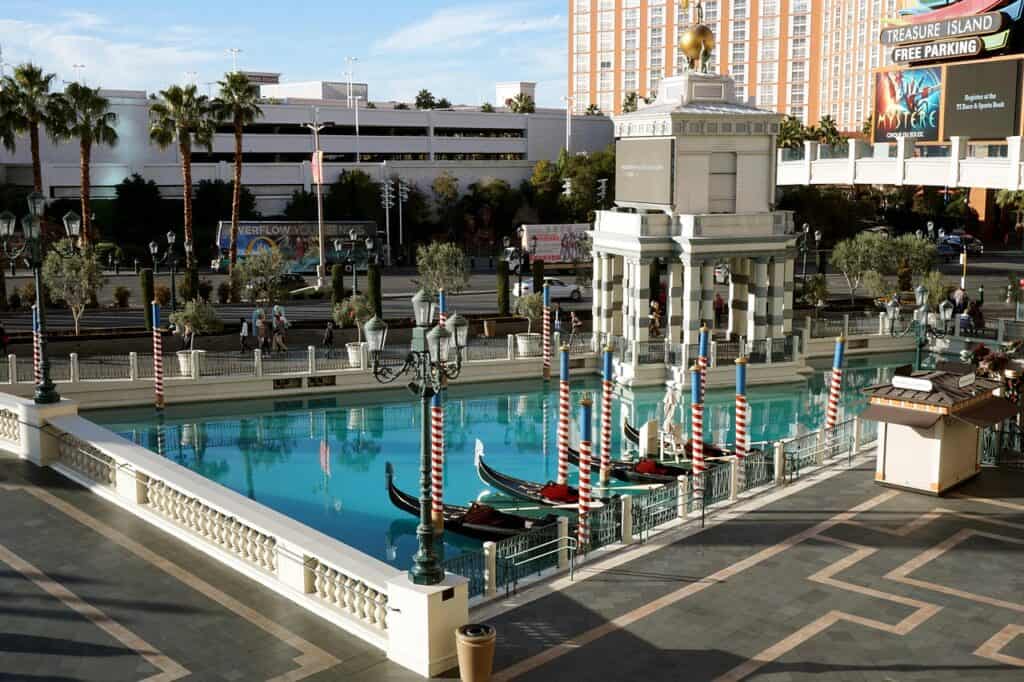
Player cards promise “free nights” or “exclusive benefits,” but earning meaningful rewards often requires gambling thousands. For instance, earning 10,000 tier points can require $2,000–$4,000 in slot play. Many newcomers chase a perk that’s only slightly out of reach, leading to unnecessary spending. The perceived value of a “free” $50 meal compels additional play, turning reward programs into a psychological loop that drains money more quietly than table losses.
10. Strip Convenience Stores Charging Triple the Normal Price

A basic bottle of water costing $1 off-Strip can sell for $4–$7 along the Strip. Sunscreen jumps from $8 to $22, and simple snacks often cost 200–300% more. With more than 40 million visitors yearly, stores rely on high markup rather than local customers. Over a multi-day trip, grabbing quick items can add an extra $40–$60 to the budget without offering anything more than convenience at an inflated price.
11. Last-Minute Show Seat “Upgrades” That Aren’t Worth the Cost

Visitors are often offered “exclusive” upgrades right before entering theaters, usually costing an additional $25–$75. Many upgraded seats differ only slightly; sometimes just 10–12 rows closer, yet staff frame them as rare chances. First-timers caught in the moment rarely compare vantage points or prices. With shows seating 1,000–3,500 people, the venue benefits heavily from impulse upgrades that look glamorous but deliver minimal improvement in experience.
12. Mini-Bars With Sensors That Charge for Simply Moving Items

Many hotel mini-bars use sensors that trigger charges within 5–10 seconds when items are lifted or repositioned. A tiny snack costing $1 wholesale may appear as $12–$18 on the bill. Some hotels also charge $25–$50 just for stocking personal items inside the mini-fridge. First-timers often receive unexpected charges because they were simply checking prices or making room, turning curiosity into a costly checkout surprise.
13. Street Performers and Costume Characters Expecting $10–$20 Tips

Characters along the Strip often pose for photos and only afterward demand “standard tips” of $10–$20, sometimes pushing for more if multiple performers join the picture. With crowds exceeding 80,000 pedestrians daily, performers rely on quick emotional pressure to secure payments. First-timers may encounter this several times in an evening, leading to $40–$80 in unplanned spending for interactions that seemed spontaneous and harmless at first.